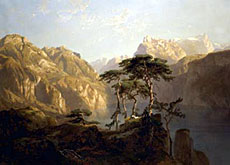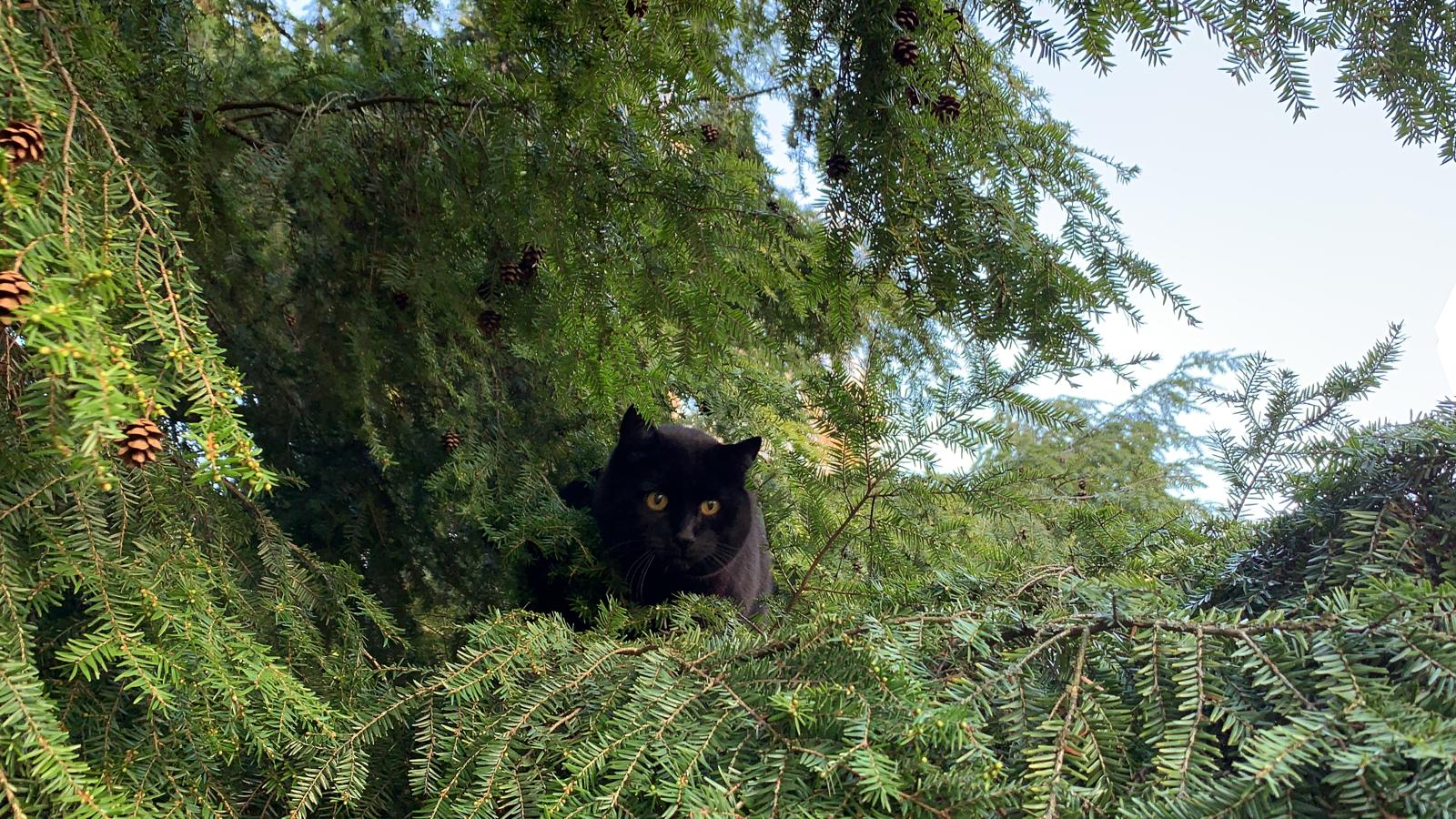Tell’s long history as a tourism ambassador

Central Switzerland was a popular destination for well-to-do travellers long before Schiller痴 play brought the region to the world痴 attention.
There are few other places which successfully combine history and scenery to create a romantic blend of natural beauty and the ideals of freedom.
Visitors to Lake Lucerne and the surrounding area 200 years ago fell in love with its seemingly wild and untamed authenticity.
Many travellers wrote about their journeys in central Switzerland, spreading the word about its attractions. They were impressed by how such a small corner of the planet could have been spoilt with such beauty.
During this period, painters and writers began to capture its mountainous scenery on canvas and in poems.
The natives saw tourism as an escape from poverty and turned their attention to acting as guides and entertaining the foreign visitors – playing the alphorn for money or staging traditional Swiss wrestling competitions.
Open-air museum
Visitors came from across Europe and overseas to experience this living, open-air museum.
They saw the Swiss as descendants of William Tell � a simple but proud people living in a free land.
It was a similar reaction to the excitement generated around the same time by the discovery of Tahiti and its people.
Travellers to central Switzerland were keen to find out more about the workings of 電irect democracy� and wanted to see for themselves the Swiss custom of calling outdoor public meetings, where citizens would raise their hands to cast their votes.
British historian William Coxe described in his 18th-century work, 鉄ketches of the natural, political and civil state of Switzerland�, how surprised he was to find these meetings boisterous and rather undignified affairs.
Switzerland痴 landscape and peculiar brand of democracy would soon take on such mythical proportions that it was difficult to view the country objectively.
In the 滴istory of Switzerland and the Swiss�, author Kurt Im Hof said that, in reality, only about 20 per cent of the 18th-century population could exercise their right to vote.
Kings and queens
During Schiller痴 time, central Switzerland was already known as the land of William Tell and as the birthplace of the Swiss Confederation.
But it was Schiller痴 work that set the ball in motion, making the region famous the world over.
Drawn by the romantic portrayal in Schiller痴 play, people began to flock to central Switzerland. It was fashionable to let oneself be rowed on the lake, while quoting passages from the story.
In 1868 Queen Victoria spent a couple of weeks travelling around Lake Lucerne, describing it as the most beautiful place in the world.
King Ludwig II of Bavaria hired a steamboat for the duration of his visit and brought along an actor to recite the parts of the text that corresponded to each place he stopped.
The British queen and Bavarian king were not alone: they were joined by such 19th-century figures as Richard Wagner, Felix Mendelssohn, Mark Twain, Lord Byron, Charles Dickens and Hans Christian Andersen.
The region still retains a certain magical charm to this day.
swissinfo, Etienne Strebel
The legend of William Tell played a key role in transforming central Switzerland into a tourist region.
The most popular way of exploring the region today is by paddle steamer, stopping at many of the key sites portrayed in Schiller痴 Tell.
Nowadays, tourists spend more than three million nights a year in the region痴 hotels.

JTI基準に準拠








swissinfo.chの記者との意見交換は、こちらからアクセスしてください。
他のトピックを議論したい、あるいは記事の誤記に関しては、japanese@swissinfo.ch までご連絡ください。